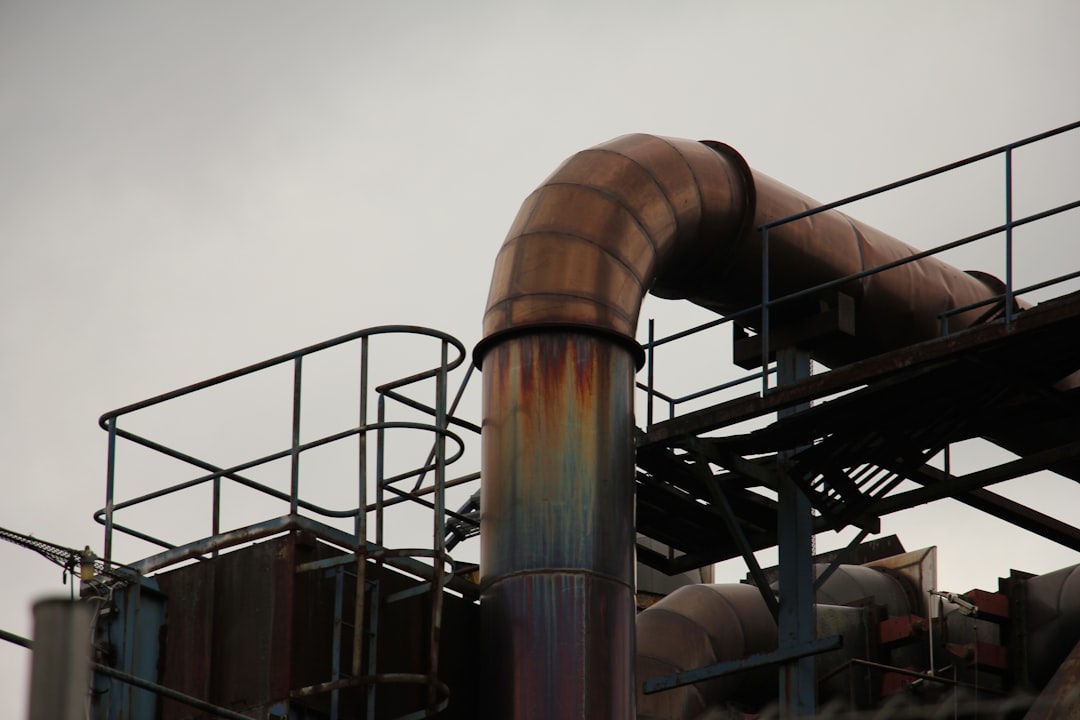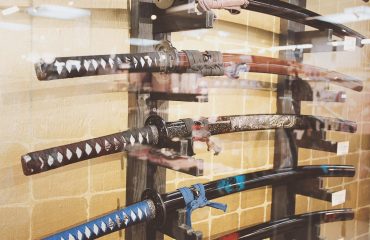body { font-family: sans-serif; line-height: 1.6; }
h1, h2, h3 { color: #333; }
img { max-width: 100%; height: auto; }
Power plants, the behemoths of energy generation, rely on a complex interplay of systems and components to function efficiently and safely. While turbines, generators, and boilers often take center stage, a crucial, yet often overlooked, element is the extensive use of steel profiles. These seemingly simple shapes – from I-beams and H-beams to channels and angles – form the backbone of these massive structures, contributing significantly to their structural integrity, operational efficiency, and longevity.
The Diverse Applications of Steel Profiles in Power Plant Construction
Steel profiles find applications across virtually every aspect of power plant construction and operation. They are integral to the construction of:
- Structural Frameworks: The main building structures, including the turbine hall, control room, and auxiliary buildings, rely heavily on steel profiles for their strength and stability. H-beams and I-beams form the columns, beams, and bracing systems, capable of withstanding immense loads and seismic activity.
- Boiler and Turbine Supports: The massive boilers and turbines require robust support structures, often constructed from heavy-duty steel profiles. These structures must be precisely engineered to withstand high temperatures, vibrations, and significant weight.
- Piping Systems: Steel profiles are used extensively in the construction of supporting structures for the extensive network of pipes carrying steam, water, fuel, and other fluids throughout the plant. These structures must be designed to minimize stress and prevent leaks.
- Cooling Towers: The iconic cooling towers of many power plants utilize steel profiles in their intricate lattice structures, providing the necessary strength and stability for these massive, often hyperboloid-shaped, structures.
- Platforms and Walkways: Steel profiles form the basis of platforms and walkways providing access to various equipment and systems within the plant. Safety and ease of access are paramount in their design.
Material Selection: Choosing the Right Steel for the Job
The selection of appropriate steel profiles is critical to ensuring the safety and longevity of a power plant. Several factors influence this decision, including:
- Strength and Yield Strength: Power plants operate under high stress, requiring steel profiles with exceptional strength and yield strength to withstand these conditions. High-strength low-alloy (HSLA) steels are often preferred.
- Corrosion Resistance: Exposure to various elements, including moisture, chemicals, and high temperatures, can lead to corrosion. Therefore, corrosion-resistant steels, such as stainless steel or galvanized steel, may be necessary in specific applications.
- Temperature Resistance: Components operating at high temperatures, such as those near boilers and turbines, require steel profiles with excellent heat resistance to prevent weakening or deformation.
- Weldability: Steel profiles are often joined using welding, so weldability is a crucial factor. The chosen steel must be readily weldable without compromising its structural integrity.
- Cost-Effectiveness: While strength and durability are essential, cost-effectiveness remains a significant consideration. The selection process aims to balance these factors to achieve optimal performance within budget constraints.
Manufacturing Processes and Quality Control
The manufacturing processes for steel profiles used in power plants must adhere to stringent quality control standards to ensure structural integrity and safety. Common manufacturing techniques include:
- Hot Rolling: This process involves heating steel billets to high temperatures and then shaping them using rollers. It produces strong and dimensionally accurate profiles.
- Cold Forming: This process shapes steel at room temperature, often used for more complex profiles and higher precision.
- Welding: Various welding techniques are employed to join steel profiles, creating complex structures. Strict quality control measures ensure the welds meet the required strength and integrity standards.
Regular quality control checks throughout the manufacturing process are essential, including material testing, dimensional inspection, and non-destructive testing (NDT) techniques such as ultrasonic testing and radiographic inspection, to identify any defects before they become critical issues.
Safety and Environmental Considerations
Safety and environmental considerations are paramount throughout the design, manufacturing, and installation of steel profiles in power plants. This includes:
- Structural Safety: Rigorous structural analysis and design are crucial to ensure the steel profiles can withstand all anticipated loads and stresses, preventing potential collapses or failures.
- Fire Safety: Steel profiles have good fire resistance, but additional fireproofing measures may be necessary in specific applications to enhance safety.
- Corrosion Protection: Appropriate corrosion protection measures, such as painting or galvanizing, are essential to extend the service life of the steel profiles and prevent environmental damage caused by corrosion.
- Sustainable Practices: The use of recycled steel and environmentally friendly manufacturing processes contributes to the overall sustainability of the power plant.
- Worker Safety: Safe handling, installation, and maintenance practices are essential to protect workers from potential hazards during the construction and operation of the power plant.
Future Trends in Steel Profile Applications
The future of steel profile applications in power plants involves continuous innovation and improvement. This includes:
- Advanced Steel Alloys: The development and implementation of advanced steel alloys with enhanced strength, corrosion resistance, and high-temperature capabilities will further improve the performance and longevity of power plant structures.
- Optimized Designs: Advanced computational techniques and simulation tools allow for optimized designs that minimize material usage while maintaining structural integrity, leading to cost savings and reduced environmental impact.
- Prefabrication and Modular Construction: Increased prefabrication and modular construction techniques using steel profiles can significantly accelerate the construction process, reduce on-site labor, and improve overall efficiency.
- Smart Monitoring Systems: The integration of smart monitoring systems allows for real-time assessment of the structural health of steel components, enabling predictive maintenance and preventing unexpected failures.
In conclusion, steel profiles are indispensable components of modern power plants, playing a crucial role in their structural integrity, operational efficiency, and safety. The careful selection of materials, meticulous manufacturing processes, and adherence to stringent safety standards are essential to ensuring the reliable and sustainable operation of these vital energy infrastructure assets.
Tags: Steel Profiles, Power Plants, Structural Steel, Energy Infrastructure, Construction Materials




